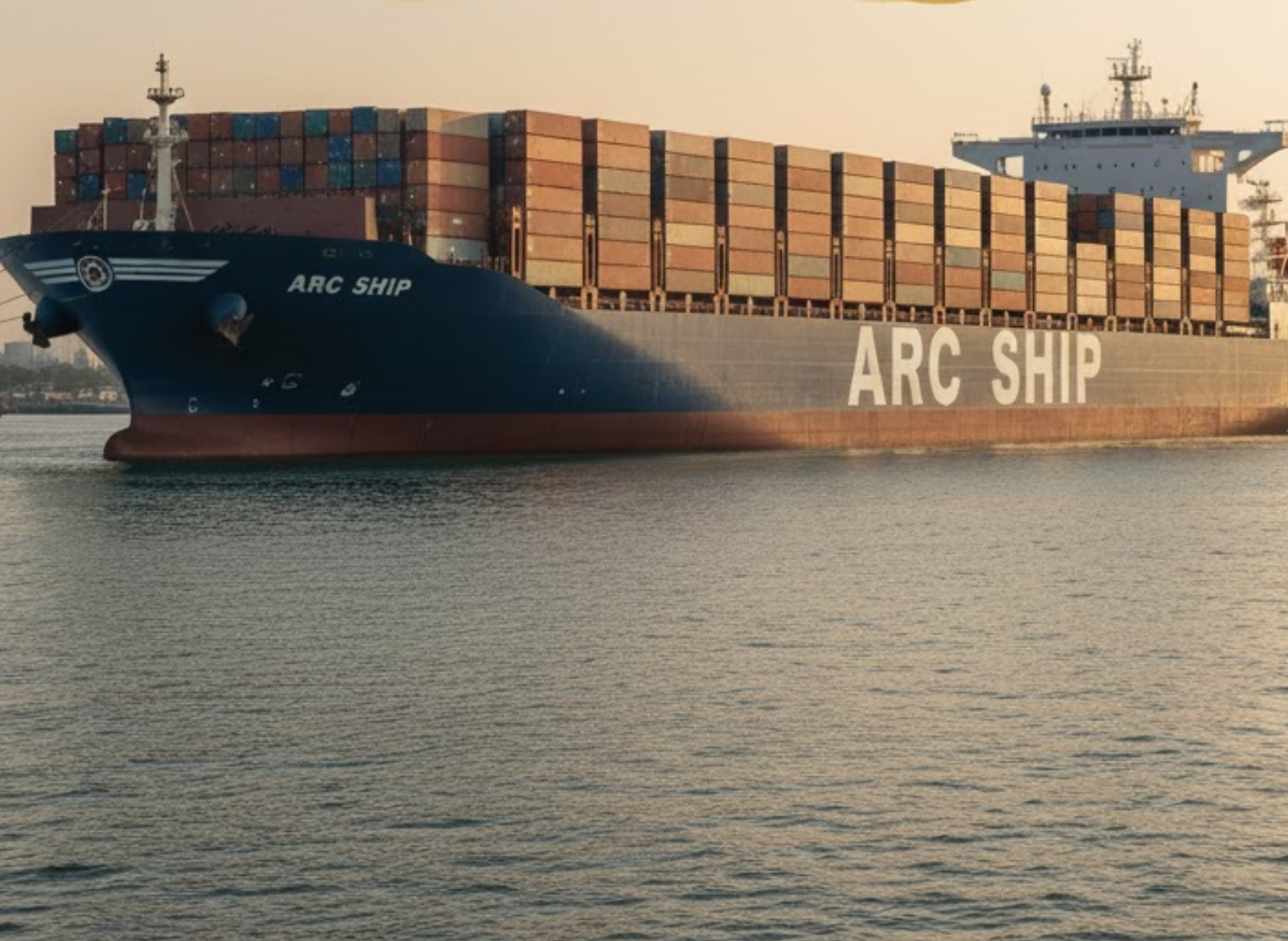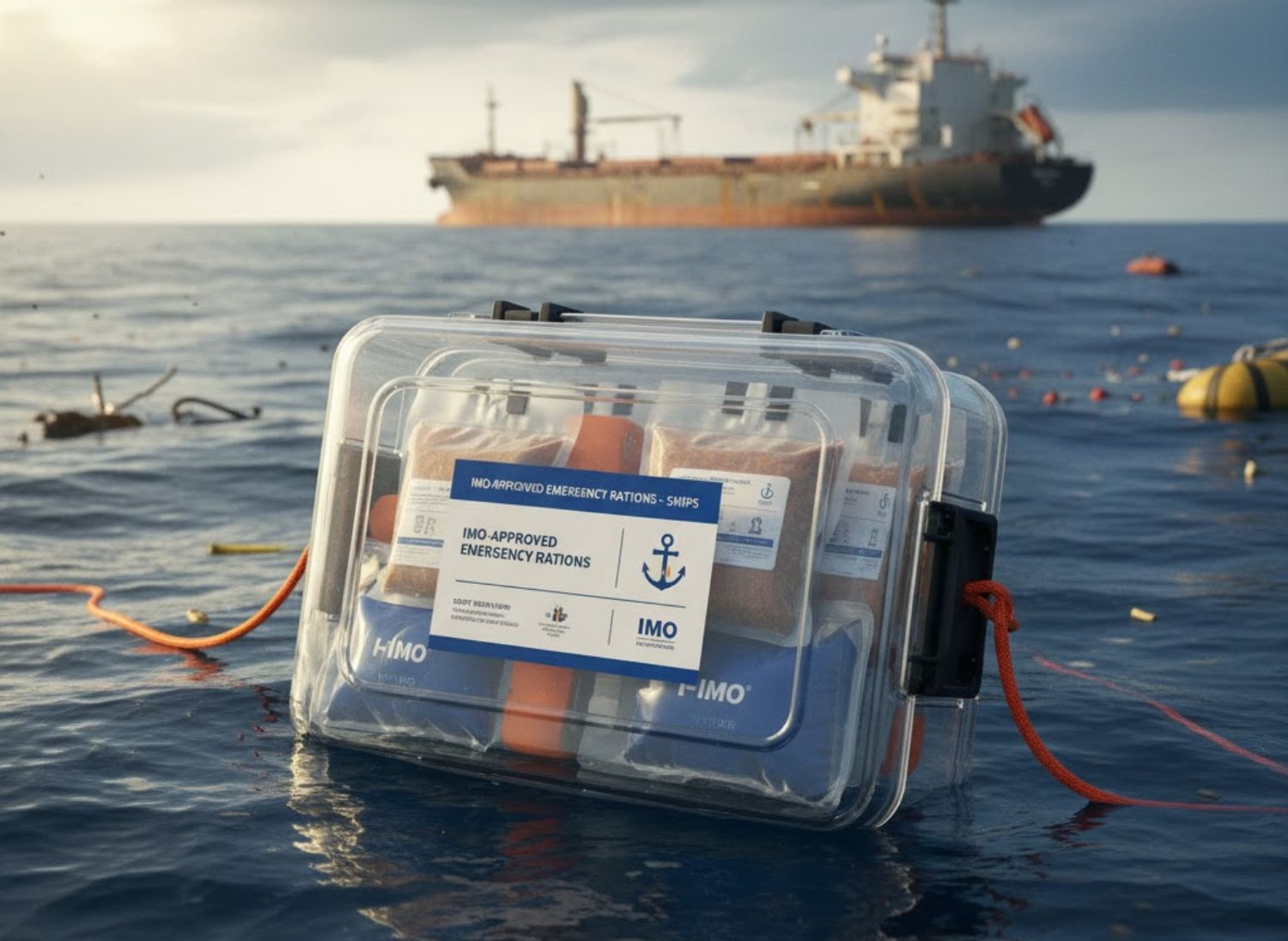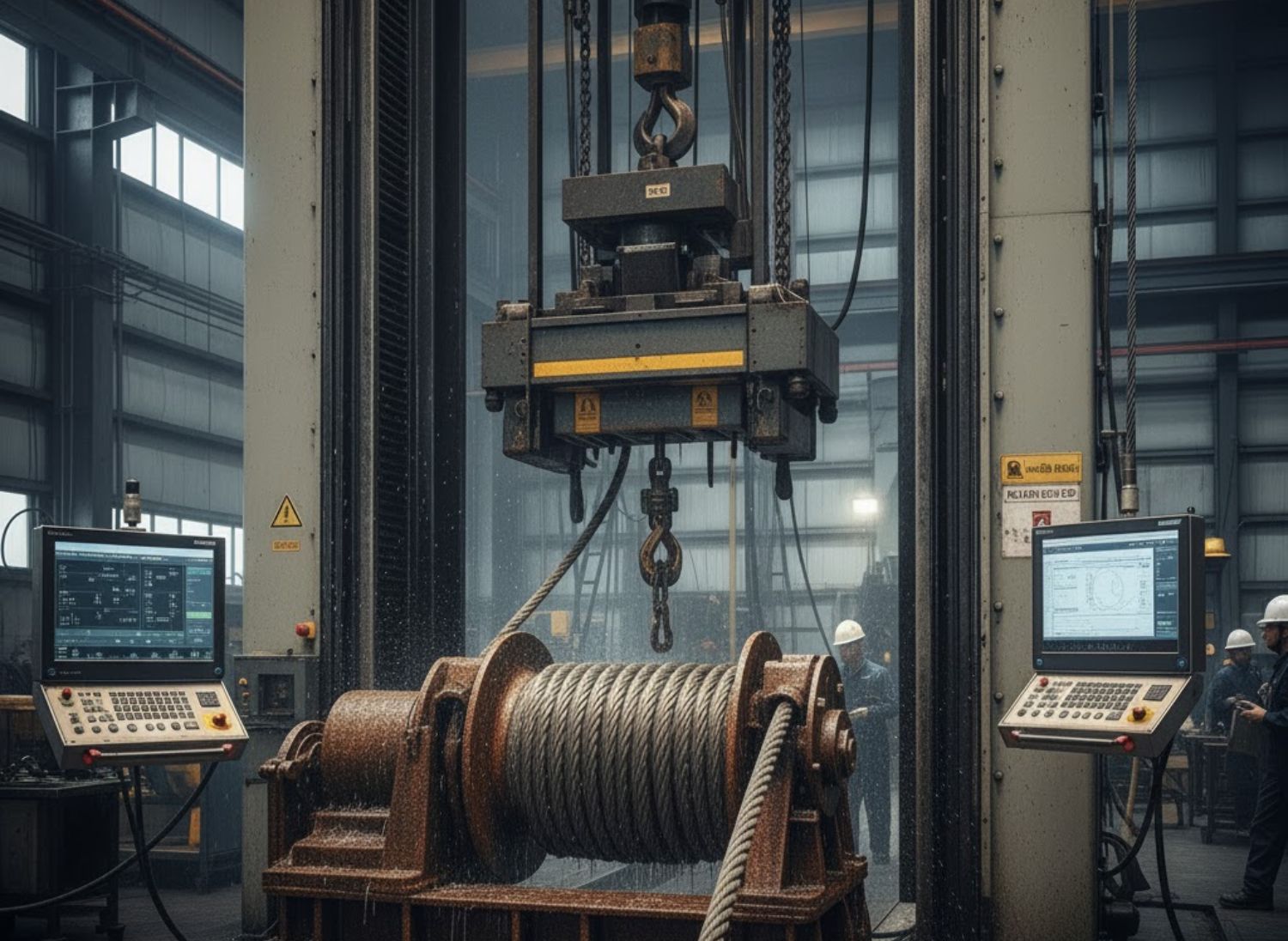Anchored in Excellence: How Arc Ship Supports Shipowners Across UAE, Oman, India, Sri Lanka & Beyond
Introduction In today’s fast-paced maritime world, shipowners need more than...
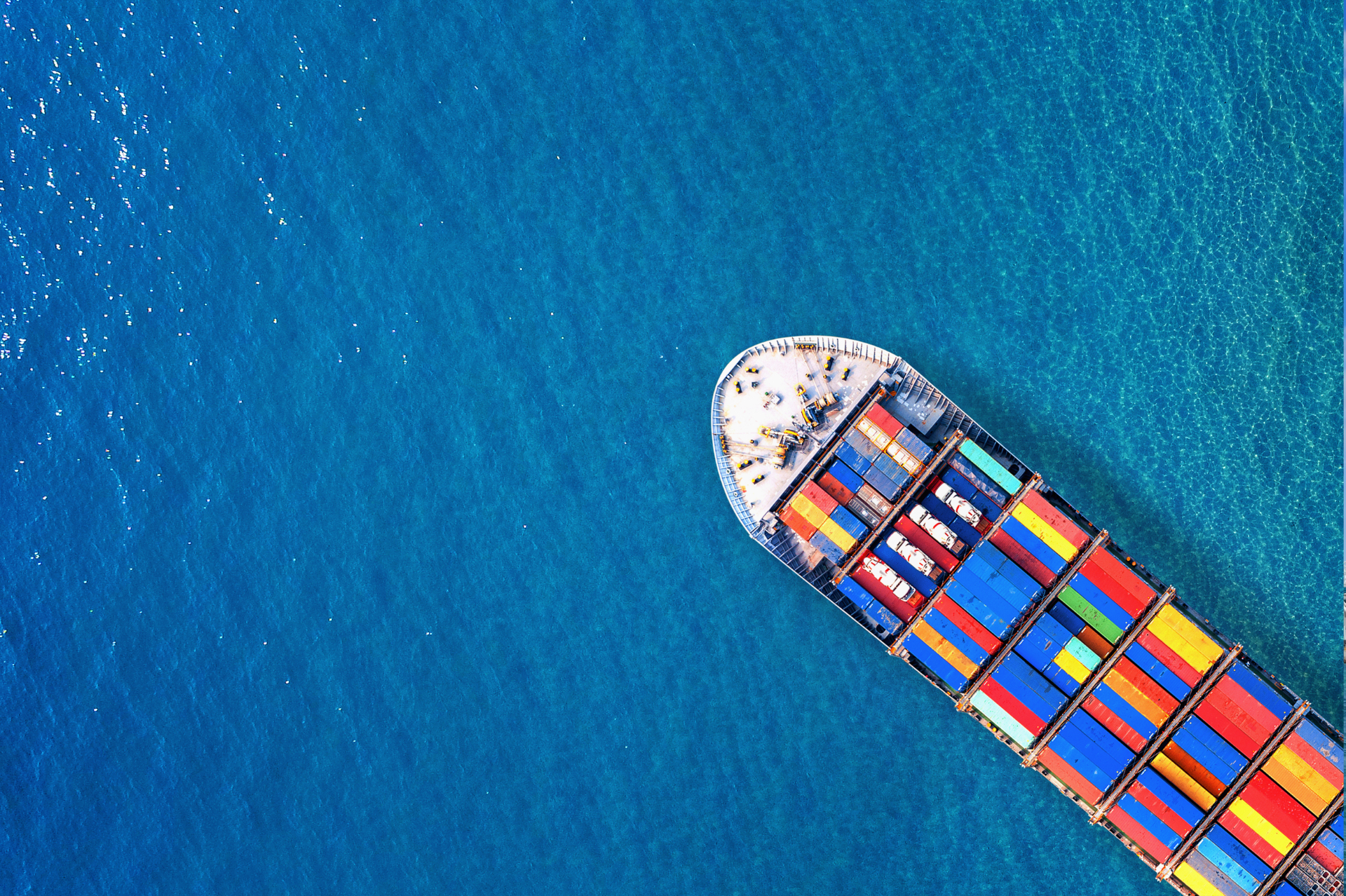
CO2 system service is a vital part of ship safety, ensuring fire suppression systems work when they’re needed most. A fire at sea can escalate in minutes, leaving little time for manual response. That’s why CO2 systems are critical—they provide fast, automated fire suppression to protect ships, cargo, and crew. But even the best system is useless if it isn’t maintained properly.
Table of Contents
ToggleRegular CO2 system service is not only a compliance requirement but also a safety necessity. Ship owners who neglect servicing risk system failure during emergencies, hefty penalties, and compromised crew safety. In this blog, we’ll explore everything ship owners must know about CO₂ system maintenance, from regulations to inspection processes.
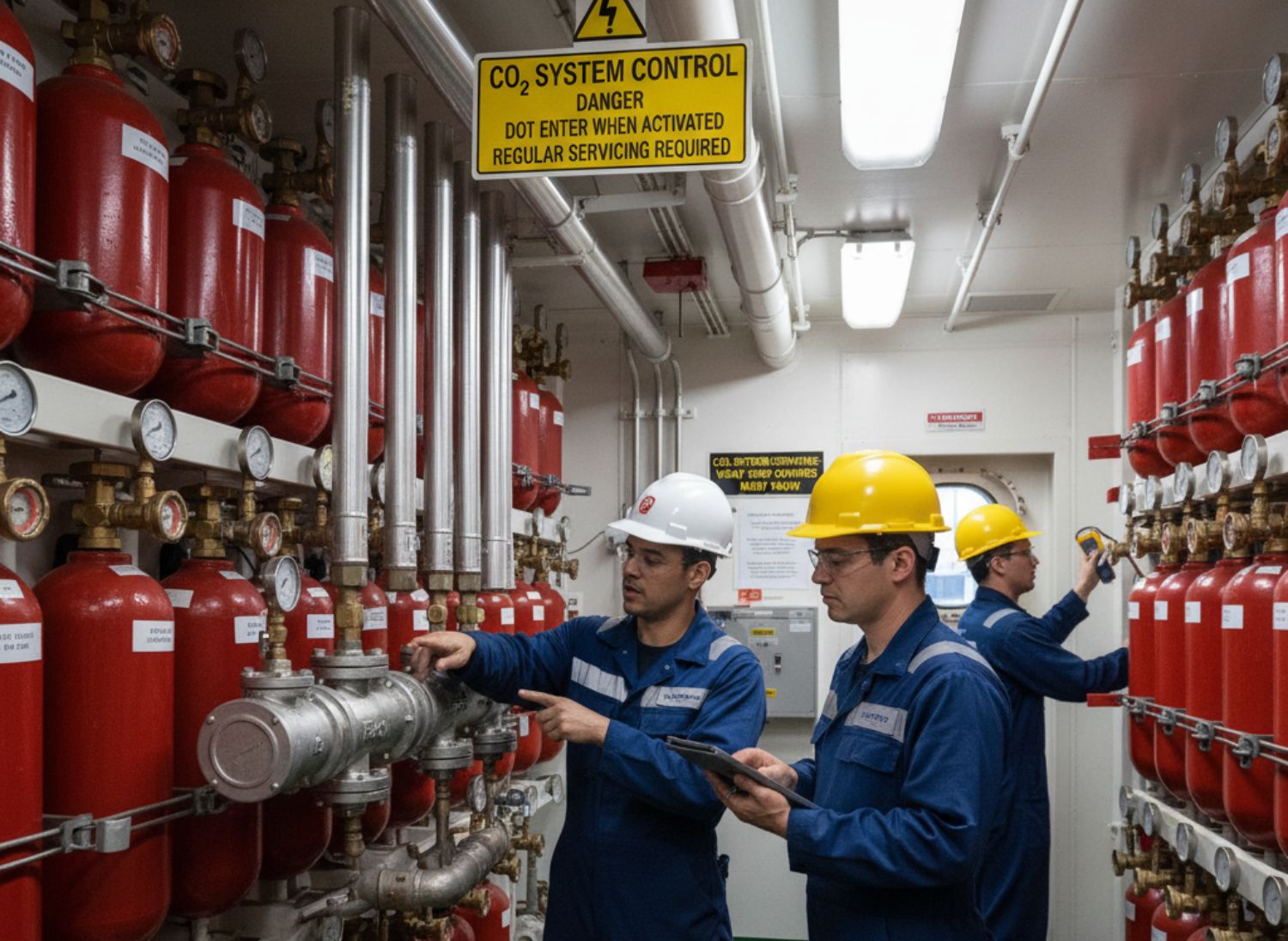
CO₂ systems work by displacing oxygen and extinguishing fire instantly. Servicing ensures:
👉 Neglecting CO₂ system service could mean the difference between a controlled fire and a catastrophic loss at sea.
According to the International Maritime Organization (IMO) and SOLAS (Safety of Life at Sea) requirements:
A comprehensive CO₂ system service typically includes:
👉 Tip: Always request a detailed service report from your provider for port inspections and audits.
Failing to maintain your fire suppression system can result in:
To ensure your CO₂ system service is effective:
While pricing varies, costs generally depend on:
👉 Ship owners should view servicing as an investment in safety and regulatory compliance, not just an expense.
At sea, fire can be unforgiving. A well-maintained CO₂ fire suppression system isn’t just about compliance it’s about saving lives, protecting assets, and ensuring smooth operations.
Don’t wait until an emergency to realize the importance of maintenance. Schedule your next CO₂ system service with certified experts today and guarantee your vessel’s readiness.

Head Office : SHED #182B AL JADDAF DRYDOCK WORLD, P.O BOX -65565, DUBAI, UAE
Tel: +971 555787949
Email: info@arcship.ae
© ARCSHIP MANAGEMENT. All rights reserved.
